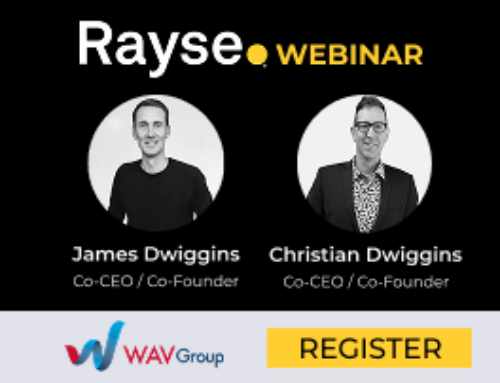
2015 and 2016 will be years of incredible change in real estate technology. For too long, the real estate industry evolved in an eggshell whereby data, applications, and presentation layers were composite to one another behind most fragile and isolated shell walls. Today, we see systems that separate these three components of the technology to maximize the usefulness of this information to the industry and the consumers it serves.
We Got You
“We got you” is a statement that can have two meanings when a technology provider speaks it. It can take on the meaning of “we screwed you” or it can take on the meaning of “we have your back.” As the needs of MLSs or real estate brokers or agents evolve, it is important that the vendors of services are evolving with or ahead of their clients. If your vendor is not evolving at the pace of the industry, you are screwed. If the vendor is staying ahead of you, they have your back.
WAV Group is seeing the division of “We Got You” play out across our client group is pretty significant ways. We saw quite a bit of it between 2010 and 2014 as the industry struggled to adapt to the mobile revolution. Many technology providers ducked their chins and excused themselves with contract babble or “we are working on that.” Others were out ahead of their customers with ready-to-go applications that met or exceeded the need for mobile well before the adoption curve grew exponentially.
New Rules
One of the biggest challenges that face our industry today is the interoperability of applications used in real estate. Each application or product lives in its own silo with a disparate database. Few solutions “talk” to each other, creating dysfunctional workflows that causes users to jump from application to application. Single Sign On has taken care of the biggest barrier – logging in and out of a half dozen or more tools that the user needs every day. But true integration is only beginning to reveal itself.
The new rules that are emerging are related to data standards and application programming interfaces (API). These new rules are poised to break down the barriers between applications and allow them to talk to one another. Any information that a user would expect to be carried across different applications will begin to happen. To clarify my point, please enjoy the simple example below.
Example: An consumer saves a search on their desktop computer. They get in the car to go to the store and the mobile application alerts them to listings that match their search criteria as they travel. They stop at the curb on one of the listings that looks attractive and the listing immediately displays on their mobile device. They add it to favorites. Their agent gets an alert which can be viewed either on a mobile device or their website back office, or the MLS. The Agent’s CRM is automatically updated with the customer preference and the listing is dynamically added the agent’s hot sheet. The consumer returns from the store and sees a notification from their agent with a property flyer from one vendor and a buyer CMA from another. They view listing details but decide that the property does not meet their needs. They decline the property and everything disappears across all applications only leaving a crumb behind that remind everyone of what happened and that it’s not the right house.
This is a simple example where the MLS system, agent-client servicing tools, mobile application, marketing tools, and CMA application are all “communicating” with one another using APIs. Different vendors can deliver each of these applications but they are united in the way they manage and share client records, activities, listings, and processes. You can swap out any application in the chain and replace it with another application and it just works!
Great Technology
Great technology is technology that has this vision for the future. We know that the MLSs are required to comply with the RESO data dictionary by the end of the year. This will standardize data across applications used in real estate and create a common vocabulary. We also know that the MLSs will be delivering on a standard API by the middle of 2016. This will allow applications from different vendors to use their common vocabulary to talk to each other and pass information seamlessly across many applications.
The funny part is that there are very few companies that have technology applications that can run off of APIs. One MLS vendor who provides RETS servers that has already adopted the RESO Data Dictionary and delivers APIs reported last week that NOBODY is using their API. This too shall change, and change quickly. Great technology companies are way out ahead of you and are ready. Others are taking a wait-and-see approach. Like mobile, they will catch up too late.
Get Ready To Move Forward
If you are an MLS or a broker, you need to start addressing this forward-looking technology development today. Are your vendors ready to support you with leveraging APIs to integrate applications used by your customers? Do They Got You or Do They Got You?
Need help?
WAV Group supports organizations with technology road mapping. We take a dive into every technology and vendor that supports your organization. We couple that to your satisfaction with each product to determine which ones you plan to keep for the long term; which ones may be outliving their usefulness; and identify gaps of missing tools that can improve your business. Once we know your forward-looking vision, we appraise each vendor’s readiness to get you there.
Companies must succeed in creating transformation through technology, or they’ll face destruction or disruption at the hands of their competitors that do.




